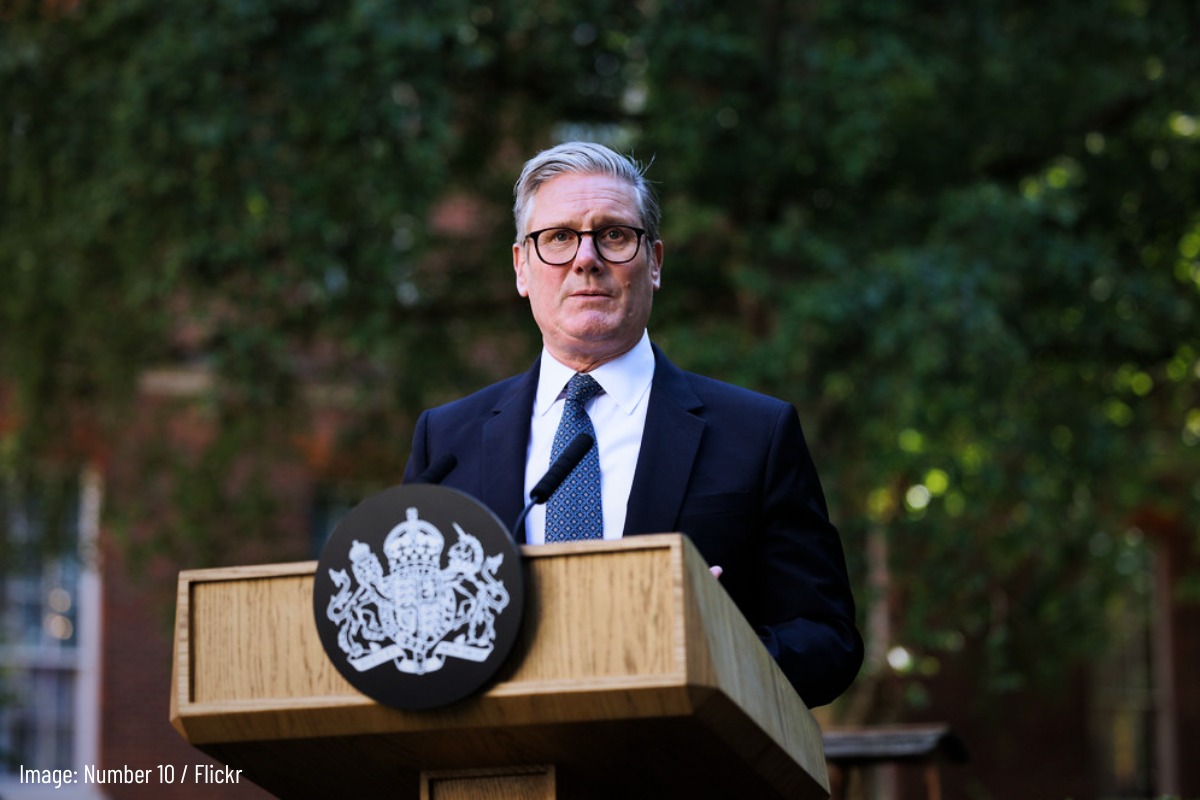The Greek philosopher Plato believed that the best paid in society should not have an income of more than five times the lowest earners. Under a workers’ democracy, Lenin and the Bolsheviks said the pay gap should not be greater than four to one. But the realities under capitalism have more in kin with Marx’s theory of increasing misery, as the latest figures show.
The Greek philosopher Plato believed that the best paid in society should not have an income of more than five times the lowest earners. Under a workers’ democracy, Lenin and the Bolsheviks said the pay gap should not be greater than four to one.
But the realities under capitalism have more in kin with Marx’s theory of increasing misery, as the latest figures show.
According to figures from the High Pay Centre and Manifest, the ratio between the pay of the average FTSE 100 boss and that of the average worker rose to a figure 149-to-1 last year. This compared with just 47-to-1 in 1998 and 120-1 in 2009.
We should not be too surprised that, after the last six years of deep capitalist crisis, the bosses are making more and more money. What a contrast to ordinary workers who face big falls in living standards.
Here are some examples of struggling bosses, trying to make ends meet with only a few more millions. The widest gap among FTSE 100 bosses is between the advertising group WPP’s Sir Martin Sorrell and his workers. Sir Martin’s £42.9m salary is 810 times that of the average worker. He must obviously be more productive!
Peter Long at Tui Travel is next with a salary of £13.3m, which is 433 times that of Tui’s average worker. Other high ratios are George Weston’s 421-to-1 at Associated British Foods, Richard Cousins’ 416-to-1 at Compass Group and Simon Wolfson’s 359-to-1 at Next. The pay of the average worker is £22,000 a year.
“These figures are pretty astonishing,” says Luke Hildyard, deputy director at the High Pay Centre.
He is absolutely right. They are “astonishingly” good for these captains of industry. This era of austerity is seemingly only affecting some.
But surely this is all down to working hard? Compass says that since the appointment of Mr Cousins in 2006, total shareholder returns have risen more than 450 per cent.
Again, Mark Boleat, policy chairman at the City of London Corporation, says: “Sir Martin Sorrell is earning a huge amount, but it is performance based. António Horta-Osório has turned round Lloyds, which is why he is highly paid. This is the market working.”
So there we are! It is all about the “market working”. But for whom? Most workers would ask, what has the market ever done for them? In the slump, they were asked to endure wage cuts or wage freezes, and are still feeling the pinch.
“There is a danger that the growing differential between a chief executive’s earnings and those of the average worker is demoralising to staff”, says Luke Hildyard. He says Sir Martin’s pay “creates division and resentment”.
Shock! Horror! Breaking news: Workers are not too happy because bosses are raking it in while their living standards are plummeting.
Simon Walker, director-general of the Institute of Directors, says: “The level of pay that some bosses receive is one of the biggest single things that is damaging relations between them and their workers.”
In other words, this growing gap between workers’ wages and bosses’ salaries is causing resentment and anger on the shopfloor. There is growing bitterness against a system that is loaded against them. There is a realisation that “the market” is for the bosses and not for them.






